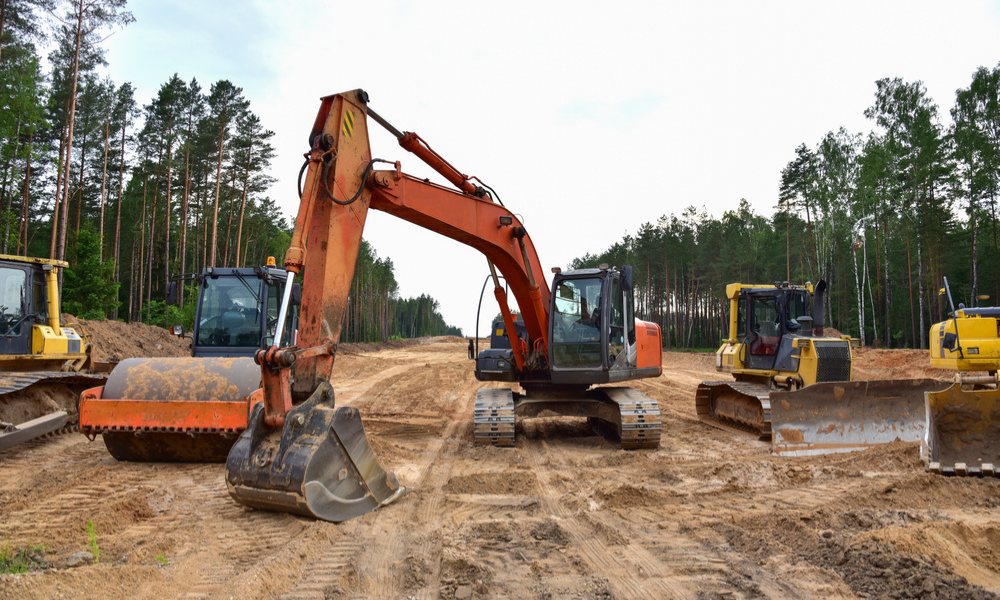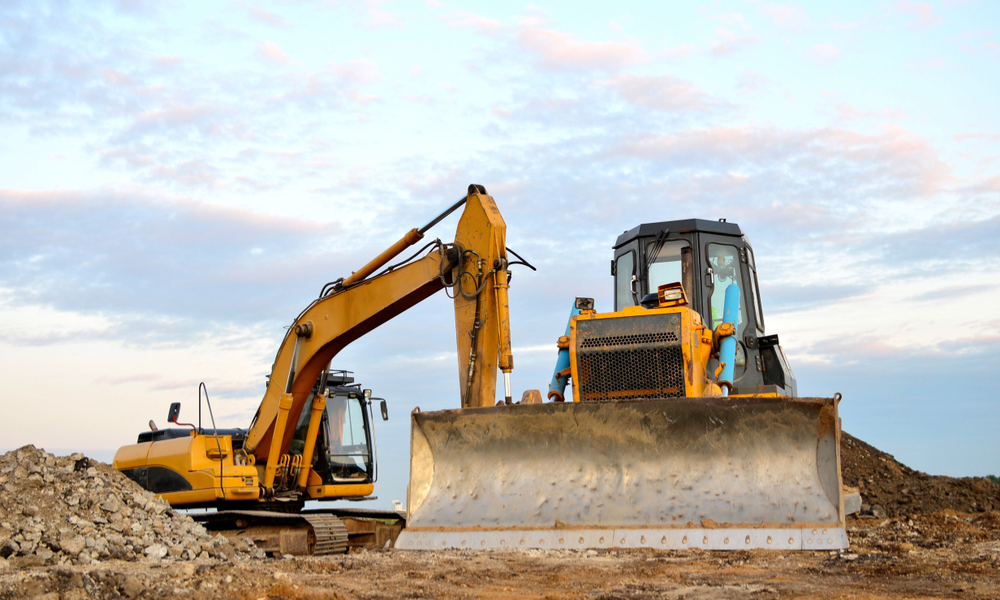Estimated reading time: 6 minutes
A wise man once said, “Unless you work in demolition, don’t burn bridges.” Solid advice for life and great news for me—because I do work in this field.
Bringing down a structure is not just about swinging a wrecking ball or taking a sledgehammer to walls, despite what reality TV might suggest. It’s a highly planned, safety-driven operation requiring precision, expertise, and the right equipment. Whether a building needs to be removed for redevelopment or has simply outlived its purpose, clearing a site is often the first step in transformation.
If you’re planning a teardown, knowing what to expect can help you stay ahead of challenges, avoid costly surprises, and ensure everything runs smoothly. Here’s a quick look at what I’ll cover:
Different methods used for large-scale removals
How the planning and permit process works
Safety measures professionals take to protect workers and the community
The step-by-step breakdown of a standard project
Handling debris and site restoration
Common challenges and how to address them
Budget factors and cost considerations
Now, let’s get into the details—without the wrecking ball (yet).
Types of Commercial Structure Removal
Before anything comes down, it’s important to understand the different approaches. Not all jobs require a complete teardown—sometimes, only specific sections need to go, while others remain intact.
Total Removal
This is the “everything must go” approach. When a structure is outdated, unsafe, or no longer useful, it gets completely taken down. It’s common for old warehouses, office buildings, and retail spaces that need a fresh start.
Selective Removal
Sometimes, only part of a structure needs to go while the rest remains intact. This is often the case with renovations or historic preservation efforts. Keeping portions of an existing structure can also lower impact fees and simplify the permitting process.
Interior Strip-Out
This involves clearing out the inside of a building while leaving the outer shell standing. It’s commonly done when updating office spaces, shopping centers, or hotels.
Deconstruction
Unlike traditional demolition, deconstruction focuses on carefully dismantling a structure so materials can be salvaged and reused. It’s an environmentally friendly option that helps reduce waste. If sustainability is a priority, you might want to check out this guide on eco-friendly removal methods.
Planning & Permits: Setting the Stage

Like any major project, removing a structure starts long before the first wall comes down. Proper planning and obtaining the right permits are key to keeping everything on track.
Site Evaluation & Pre-Project Survey
Every building has a history, and part of my job is figuring out what’s hidden behind the walls. A thorough assessment helps identify potential hazards such as asbestos, lead paint, or structural weaknesses.
Securing the Necessary Approvals
Clearing a site is a heavily regulated process, and obtaining permits is non-negotiable. Requirements vary depending on location, but most projects need approval from local authorities before any work begins. This includes environmental assessments, utility disconnection confirmations, and debris management plans.
Looking for help selecting the right company for the job? Here’s a guide to making the best choice.
Prioritizing Safety: Protecting People & Property
If clearing structures were as simple as knocking things down, my job would be much easier. But ensuring safety is at the core of every project.
Worker & Public Protection
Crew members wear protective gear, including helmets, gloves, and respirators.
Barriers and warning signs keep unauthorized personnel out.
Dust control methods, such as water sprays, minimize air pollution.
Structural Stability
Load-bearing walls are identified before work begins.
The process is carefully staged to avoid unexpected collapses.
Emergency plans are in place in case things don’t go as expected.
Watching a site come down? Here’s how to do it safely.
Step-by-Step: The Commercial Demolition Process

Once planning and approvals are in place, it’s time to bring the structure down. Every project follows a structured sequence to keep things efficient and controlled.
1. Preparing the Site & Disconnecting Utilities
Before work begins, power, water, and gas lines must be shut off. Hazardous materials, such as asbestos, are removed according to strict guidelines.
2. Establishing Safety Measures
Fencing, warning signs, and protective barriers are set up to ensure security around the work zone.
3. Bringing Down the Structure
Using excavators, high-reach arms, or controlled methods, the building is carefully dismantled.
4. Debris Sorting & Removal
Once the structure is down, all materials must be managed. Recyclable items such as concrete, steel, and wood are separated and transported for reuse.
5. Final Cleanup & Inspection
After the site is cleared, it’s graded and inspected to confirm it’s ready for future use.
Curious about the tools used in the process? Here’s a breakdown of the essential equipment.
Challenges & How to Handle Them
Even the best-planned projects can face unexpected issues. Here are a few common ones—and how to manage them.
Hidden Structural Weaknesses
Sometimes, a building isn’t as stable as expected. Reinforced steel, unexpected voids, or unstable foundations can require adjustments to the plan.
Environmental Concerns
Toxic materials like asbestos or mold can stall progress until proper remediation procedures are followed.
Weather Delays
Extreme conditions such as heavy rain or high winds can impact schedules, requiring flexibility in execution.
Budget Considerations: What Affects the Cost?
Clearing a site involves multiple expenses. Here’s what factors into the total cost:
Size & complexity – Larger buildings take more time and labor.
Material disposal – Some materials can be recycled to save costs, while hazardous waste removal can add expenses.
Permits & compliance fees – Local regulations impact the overall budget.
For a detailed look at expenses, this cost breakdown can help.
Final Thoughts
Taking down a building is not just about destruction—it’s a strategic process that paves the way for new opportunities. Whether you’re preparing for a full-scale removal or a partial renovation, having a solid plan, understanding safety requirements, and working with experienced professionals will make all the difference.
If you’re considering a project and need expert guidance, I’m here to help. Let’s clear the way for something new—starting with a clean slate.



